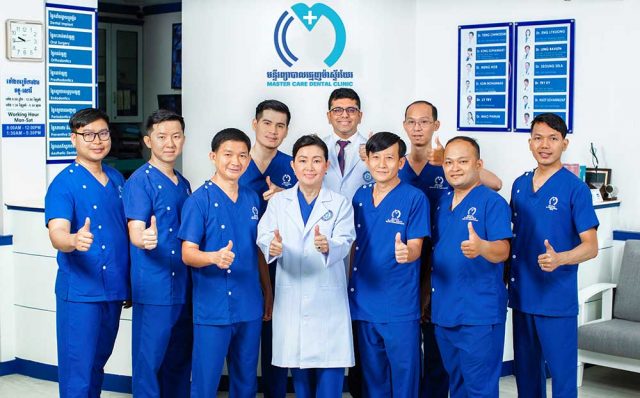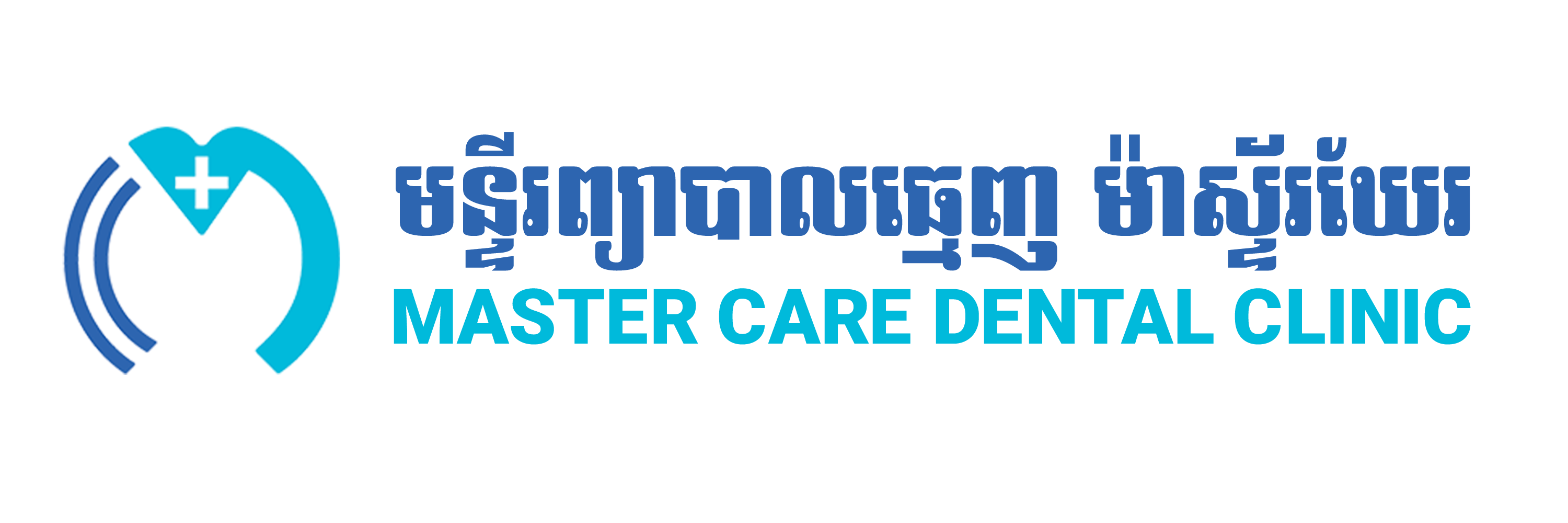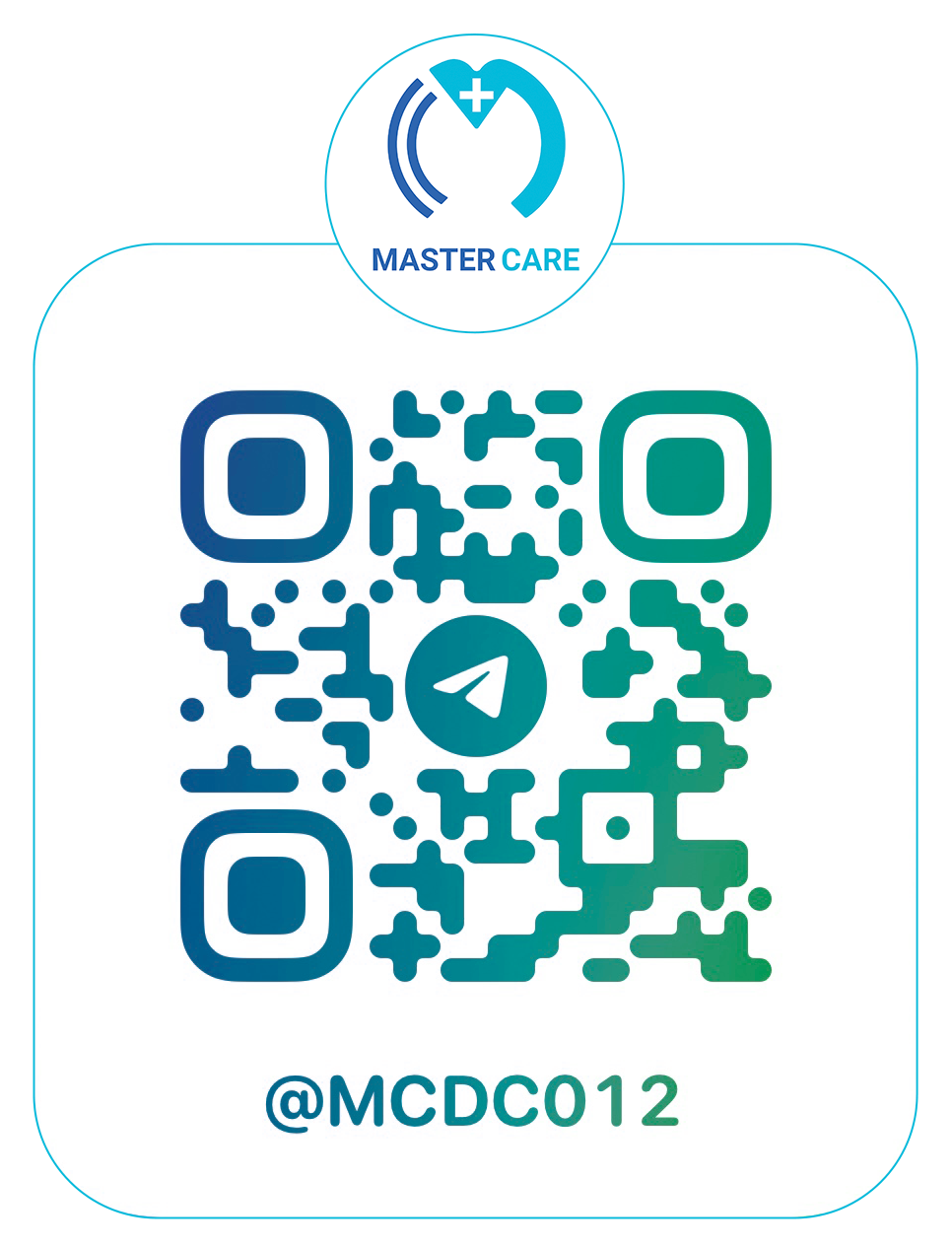What Exactly Is
Oral Surgery Dentistry

Oral surgery includes various dental treatment requiring surgical procedure. Dental consultation, diagnosis and treatment plan with our dental specialists at Master Care Dental Clinic we will first be required before oral surgery takes place.
Oral Dental Service in
MasterCare Dental Clinic
1. Tooth extraction

Tooth extraction may be done for a variety of reasons. Normal tooth extraction is a simple process and is normally completed in one visit. After tooth is removed, the gums is usually left to heal before the gap is replaced by dental bridges, dental implants or dentures in preventing predispose teeth or bone resorption the long term.
2. Surgical removal of impacted wisdom teeth
If wisdom teeth does not erupted properly, they are referred to as impacted. Impacted teeth can result in infection, decay of adjacent teeth, gum disease or other problems. Your dentist does a checkup with OPG X-rays to determine if the wisdom teeth are impacted or problematic that warrants its removal. Otherwise, they may be kept and as useful as any other teeth.
During wisdom tooth extraction, your dentist or oral surgeon: Makes an incision in the gum tissue to expose the tooth and bone. Removes bone that blocks access to the tooth root. Divides the tooth into sections if it’s easier to remove in pieces.

3. Dental implants surgery
Dental implant surgery is a procedure that replaces tooth roots with metal, screw like posts and replaces damaged or missing teeth with artificial teeth that look and function much like real ones. Dental implant surgery can offer a welcome alternative to dentures or bridgework that doesn’t fit well and can offer an option when a lack of natural teeth roots don’t allow building denture or bridgework tooth replacements.. Advances in materials surfaces and techniques has reduced dental implant treatment timeframe for certain cases from 6 months to just 4 to 6 several weeks.
Single dental implants, multiple dental implants or full arch dental implants may be done in replacing missing gaps.
4. Bone graft surgery
What is a dental bone graft?
A dental bone graft adds volume and density to your jaw in areas where bone loss has occurred. The bone graft material may be taken from your own body (autogenous), or it may be purchased from a human tissue bank (allograft) or an animal tissue bank (xenograft). In some instances, the bone graft material may be synthetic (alloplast).A dental bone graft is necessary when bone loss has occurred in the jaw. This procedure is commonly performed prior to dental implant placement or when bone loss is negatively affecting neighboring teeth.
Bone grafting Involves placing bone materials in treating deep pockets in gingiva or creating bone density during dental implant treatment.
5. Gingivectomy Surgery
Gingivectomy is surgical removal of gum tissue, or gingiva. Gingivectomy can be used to treat conditions like gingivitis or crown-lengthening It’s also used to remove extra-gum tissue for cosmetic reasons, such as to modify a smile.
Most patients will be able to return to a normal oral care regimen in less than a month after the procedure. Routine checkups with a dentist or periodontist will ensure that the surgery was successful. The dental professional who performed the gingivectomy will probably want to follow up with visits every three months or so, and then at least a twice yearly preventive health visit to clean in and around the surgical site.
6. Periodontics surgery
Periodontal surgery is a dental procedure to restore the look and function of teeth, gums, and bone damaged due to severe gum disease. A periodontist can help you determine if you’re a candidate for surgery.If you have moderate or severe periodontitis, a gum specialist may recommend gum disease treatment. During this procedure, incisions are made along your gum line and the tissue is temporarily moved back away from your teeth. Your surgeon will then clean your teeth roots, flushing away plaque and bacteria that have accumulated under your gums. Finally, the gum tissue is repositioned and sutured into place.
Sometimes, gum recession can occur as a result of periodontitis. In these instances, you may need a gum graft. During this procedure, your surgeon reinforces the area of tissue loss with donor tissue. This tissue may be taken from the roof of your mouth or purchased at a certified tissue bank.
7. Apicoectomy Surgery
An apicoectomy is a common dental procedure where inflamed gum tissue and the end of the root of your tooth is removed while the top of your tooth is left in place. It’s often called a root-end resection because it works on the end (or, tip) of your root called the apex.
Our dentist will do a root end surgery for a few reasons. The most common is to try to fix a tooth that’s already had a root canal.
In most cases, root canals last a lifetime, but sometimes, the tooth doesn’t heal well and becomes reinfected. Your dentist will use an apicoectomy to remove damaged tissue to save the tooth and avoid pulling it out.
You might also need a root end resection to:
- Remove calcium deposits in the root canal
- Find and treat problems that aren’t showing up on an X-ray
- Treat a fracture
- Treat a tooth with extra roots that can’t be treated another way
- Treat bone loss that causes loose teeth
- Remove a root that has a hole
Apicoectomy are also commonly used for tooth injuries in children. If the tooth is fractured or cracked after an impact, this procedure can help save the tooth.
8. Incision and Drainage of infection
What is incision & drainage? Incision & drainage is a medical procedure that may be performed in a doctor’s office or in the operating room. The most common reason for incision & drainage is to treat an abscess, which is a collection of pus in tissues of the body. Incision refers to the cut made to reach the abscess.An incision and drainage procedure is performed to help manage an aggressive infection. This procedure is often completed with the extraction of the tooth or teeth causing the infection. A drain (rubber tube) has been sutured in the gum area at the site of the infection. This tube allows the infection to “drain.”
9. Dental Diagnosis, Oral Examination & Treatment Planning
Oral examination is provides an overview of the process through which a clinician completes patient assessment, clinical examination, diagnosis, and treatment plan for operative dentistry procedures. The chapter assumes that the reader has a background in oral medicine and an understanding of how to perform complete extraoral hard and soft tissue examinations along with intraoral cancer screening, as well as an understanding of the etiology, characteristics, risk assessment, and nonoperative management of dental caries. It is not in the scope of this chapter to incorporate the details of other aspects of a complete dental examination, including periodontal examination, occlusal examination, and esthetic evaluation.
Pre-prosthetic surgery refers to any oral surgery treatment such as gingivectomy, crown-lengthening, apical lesion, cyst, mucocele, lingual frenum that is done prior to restorative dental works in re-establishing function of teeth or improving esthetics of teeth.
Master Care Services
Get In Touch With Us
+855 16 820 081
+855 12 399 100
info@mcdc.com.kh
Book An Appointment
Book a visit to Master Care, simply fill out the form below and we will contact you back regarding the intervention you require.

